If you’re a DIY builder, you know the options for purchasing different species of wood is limited at big box stores. Specialty stores have a larger selection, but pre-processed wood is pricey. For a hobbyist or beginning woodworker, your profit margin is slim if you’re paying a premium for processed wood. Jointers and Planers come into the picture to allow you to buy your rough cut lumber directly from the mill and while you have to put a bit of time into it, your cost savings can be huge. Thickness planers are essentially responsible for smoothing and evening the wood to a specific thickness. Today we are going to talk about a popular benchtop planer by Ridgid. Most hobbyists don’t have a huge amount of space to work with so being able to have a machine like this without the huge footprint, is a huge bonus. Read on to see how this classic tool performs in the Ridgid Planer Review.
Ridgid Planer Review Overview
Ridgid has been making a version of this planer for quite some time. Small adjustments have been made over the years but overall its remained pretty close to the original. Planers in some form have been around for centuries, and have varied greatly in design. Modern thickness planers work by rotating blades passing over a piece of wood to remove uneven spots to leave a board ultra smooth and to an exact thickness. Their size and function still vary quite a bit. There are large industrial planers you could see in an actual lumber mill, production planers seen in professional woodshops, or benchtop planers like the one we are reviewing today.
For some people a planer is overkill, but if you build a fair share of furniture or work with wood, a planer can afford you benefits that are hard to recreate any other way. Handplaning with a block plane is an option, but the time and effort can be intense. The next option is sanding, and that can take an incredible amount of time, and produce quite a mess. When you consider all of that, it comes down to need. If you want to save time and money and have enough invested in your shop that it makes sense, then a planer may be a great option to consider. For me, I build a lot of furniture. A planer affords me to use less expensive woods with a better result, or as I mentioned before use higher quality woods at a lower cost because I am doing the planing myself. This can make a considerable difference in the cost of a finished piece. The small amount of time I spend running wood through the planer is well worth it in the end.
Ridgid Planer Review Features
The Ridgid Corded Thickness Planer features a 15 Amp, 120 Volt motor putting out 9000 RPMs.
The capacity of this Planer is 13 inches wide and 6 1/8 inch tall.
The cutter head features 3 blades that are dual-edged making them reversible with a maximum cut depth of 1/8 inch. Additionally, the blades are designed for quick changes and are self-aligning.
The Power Switch has a locking feature to prevent unintended use, always a great safety feature with small kids.
The top mounted handle allows for precise adjustments of as little as 1/16th inch per revolution.
The infeed and outfeed tables are secure and stable and are designed to prevent snipe by providing support to the workpiece.
The stop screws on each side of the table allow for adjustments to be made to level the outfeed tables to the inner surface when needed. The small metal levers found in the center underneath the tables allow them to stay closed when not in use.
The blade carriage features a lock designed to minimize snipe by keeping the cutter head secure.
The 6-inch (really it’s 6-3/8) thickness indicator on the front right of the unit, and will show the setting of the cutter head which will be the thickness when finished planing. The indicator allows for adjustments to keep the machine accurate by adjusting the indicator.
Ridgid included the Ind-I-Cut system, a gauge that gives you a measurement of the stock that will be removed based on the wood and cutter head setting. The Ind-I-Cut relies on a ball bearing that rests against the wood to gauge the thickness that is to be removed.
Repeat-A-Cut is an ingenious design to help keep stock uniform. Once the knob is set, it will not allow the wood to plane beyond that depth. There are 8 stops built into the knob, from a 1/8th of aninch to 1-3/4 of an inch.
The knobs on the planer feature sof-touch controls for improved comfort and grip.
Ridgid included a steel top with built-in glides for durability and easy set up of the workpiece.
The dust removal system allows you to attach a 2.5-inch shop vac or dust collection unit directly to the planer. This collection system was one of the more effective systems I have seen to date, simple but effective.
The blade wrench is included and has a storage compartment on the left side of the unit.
Included overload protector to prevent overheating during intense use. Once cooled, you can reset the machine by pressing the reset button. In all of my use, I never had the planer trip, but useful to have in a machine like this.
Ridgid Planer Review Performance
So, to start, this planer is awesome. To be honest, one of the reasons I wanted to review this particular model was because people had such strong opinions about this planer. Sometimes a tool just isn’t good, but I am glad we took a look at this tool because it is really an incredible piece of equipment. One of the common concerns addressed in reviews was snipe, which exists on all planers. To me, even out of the box, it wasn’t excessive on this model. I will be writing a separate article that will detail ways to overcome the common planer problem, as well as a few other tips I have learned since owning this tool.
The dust and debris collection on this unit is impressive. I borrowed a standard issue shop vac, actually by Craftsman from my father in law to see how it would do and I was pretty shocked at how little was left behind on the table itself. It wasn’t 100%, but it was impressive for a tool like this. This was the tub about halfway through testing.
The cutter head rotates smoothly and evenly, pulling the wood in at a steady pace. For someone new to planers, this allowed a lot of comfort during use. I ran a lot of different woods and combinations through this planer to give a good perspective on how it performed. Even when buying pre-planed wood, transport and storage tend to give dings and some damage, this was the case in most of the wood I purchased.
Perhaps a hobbyist’s most pressing question on planing wood would be how it worked on palette wood. This fad that has swept the DIY community and is an amazing way to repurpose wood otherwise laid to waste after use. The wood was completely transformed after one pass through the planer. Odds are this was yellow pine, and it planed beautifully.
A lot of people love making cutting boards, John recently walked us through his entire process here. Without a planer though, it’s pretty difficult. To give a good idea of how to recreate that testing I attached 6 1X2 boards. These were standard furring strips and have a very rough finish as well as rounded edges. I ran this through the planer at 1/8 inch removal at a time and it handled it incredibly well. I made several passes to remove enough material to make it level, and it was beautifully smooth once done. There was very little slowing from the planer despite the pretty hefty demand.
Next, I tested two common 1X4 scrap boards that were attached using wood glue, and biscuits similar to how you would attach table top boards. I planed it with some glue squeeze out, and after you can see it come out quite well. Here you can see some snipe, which after a second pass was removed.
When it comes to rough wood, one of the common woods I think of is cedar. I used some scrap boards to initially see how it would work and I was blown away. I love working with cedar, and its a wood that is a lot more water resistant than pine. Finished cedar is costly, and honestly still has a lot of splinter potential which eliminates it pretty often for me. Rather than buying expensive cedar boards, you can simply use fence pickets when practical and save a significant amount of money. Running a full board through at max removal as well barely slowed the planer at all, and the smell in the shop was amazing!
Poplar is another commonly available species of wood, so I joined together 3- 1/2 inch by 4-inch boards that are 2 feet long to see how it would perform close to its max width. This ended up about 10.5 inches wide. The Planer didn’t disappoint, giving glass smooth seams and even with significant glue squeeze out, the end result was amazing.
One of the largest tests is a wood like Red Oak. I wasn’t able to find a rough mill locally to use, but a quick trip to Home Depot and we were in business. Now Oak is different than some woods because its open grain doesn’t really allow for perfectly smooth surfaces. I actually noticed some snipe on the boards straight from the store, as well as some slight irregularities so I knew it needed some work to make it ready for use. I was in love with this wood after planing it. You can see I wrote with a pencil to see how it would remove, and after two passes at 1/32 inch, it was gone. This Red Oak board is a 1X8 and 8 foot in length.
Ridgid Planer Review Value
This Ridgid Planer is an incredible value. The retail price on this model, #R4331, is $369.00 at The Home Depot. There are very few planers that are less expensive as most similarly equipped models are priced quite a bit above this model. To me, for a hobbyist, or someone just starting out in woodworking, a model like this is a really great addition to a shop. A professional or production shop will likely have an industrial planer. Those are designed for larger pieces and to be run for hours at a time. For everyone else, a model like this is more than sufficient.
The planer easily pays for itself in a few builds by being able to save money by buying rough lumber. This model allows the benefits of portability and a small footprint, while also remaining reasonably accessible from a cost standpoint. As always, Ridgid stands out as a manufacturer that prices their tools well but doesn’t skimp on quality.
Ridgid Planer Review Final Thoughts
Ridgid made an amazing planer with this model. The end results are impressive, and the small footprint makes it less cumbersome in a small shop and allows for easy storage when not in use. Ridgid included innovative features, such as the Repeat-A-Cut, or stops to produce consistent board thickness, while the Ind-I-Cut depth gauge makes it easy to see how much material will be removed at a time. This is an incredible tool. One that adds a ton of benefits to my shop and without a doubt will get a lot of use. If you’re considering adding a planer to your shop, consider this one from Ridgid.

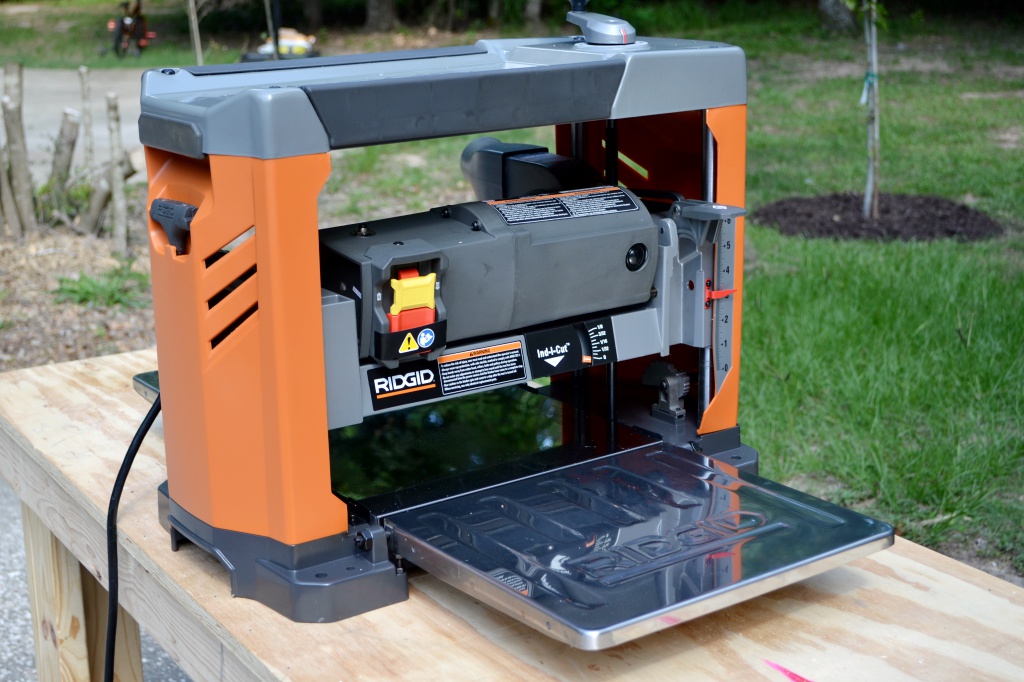

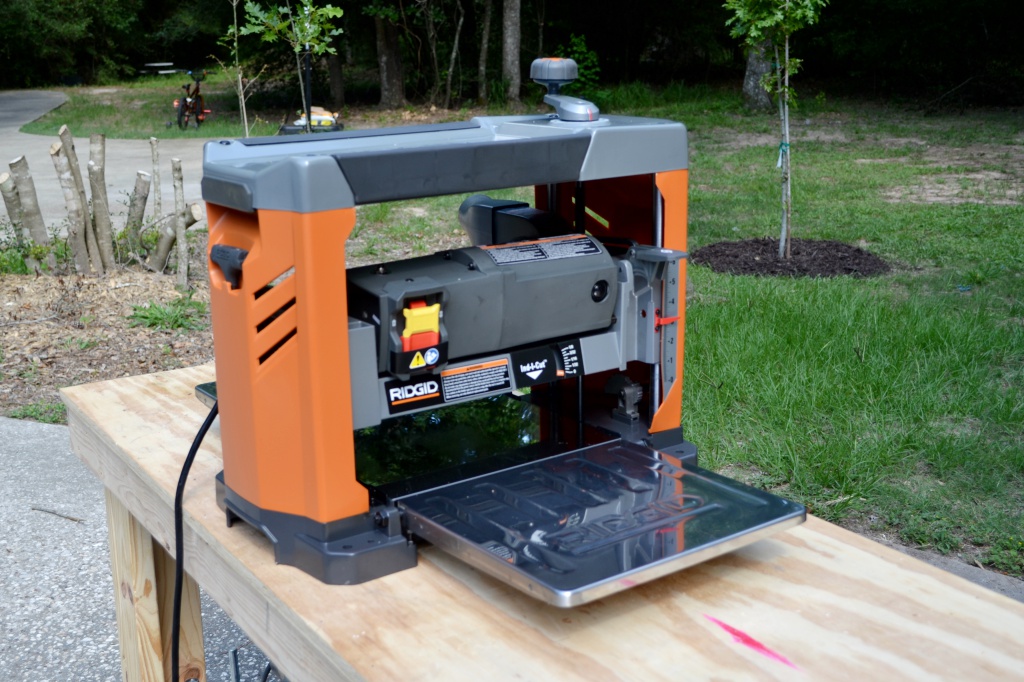
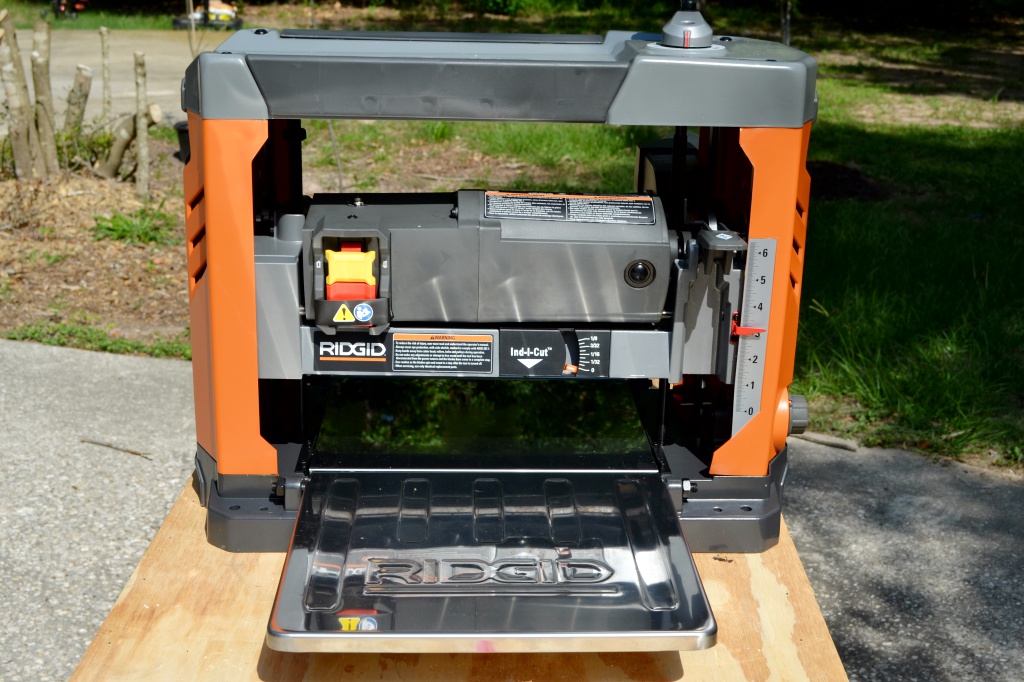
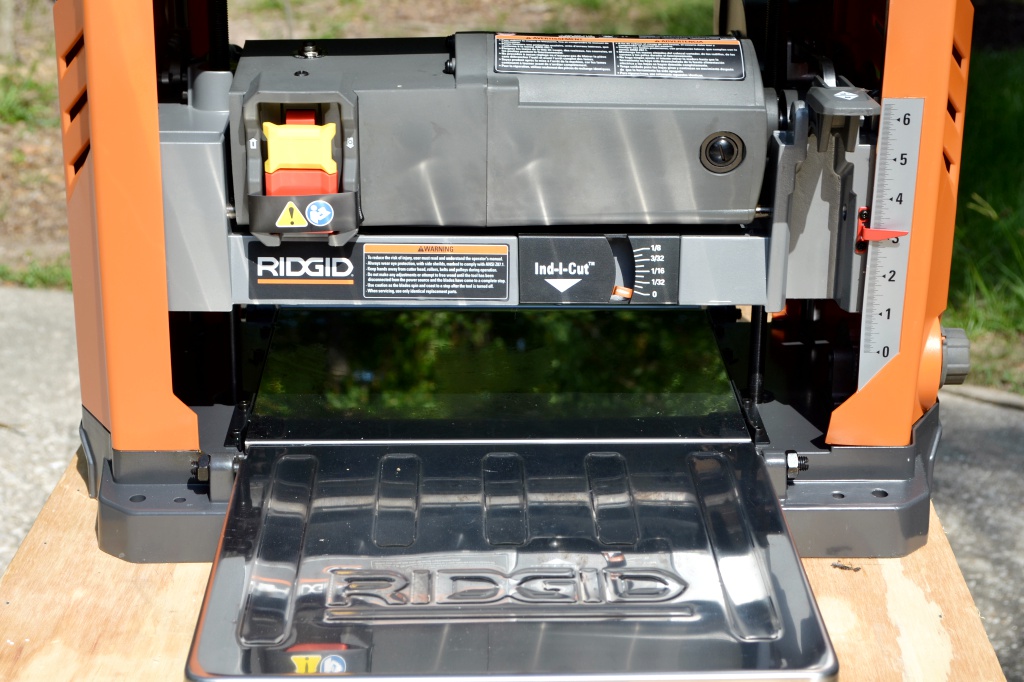
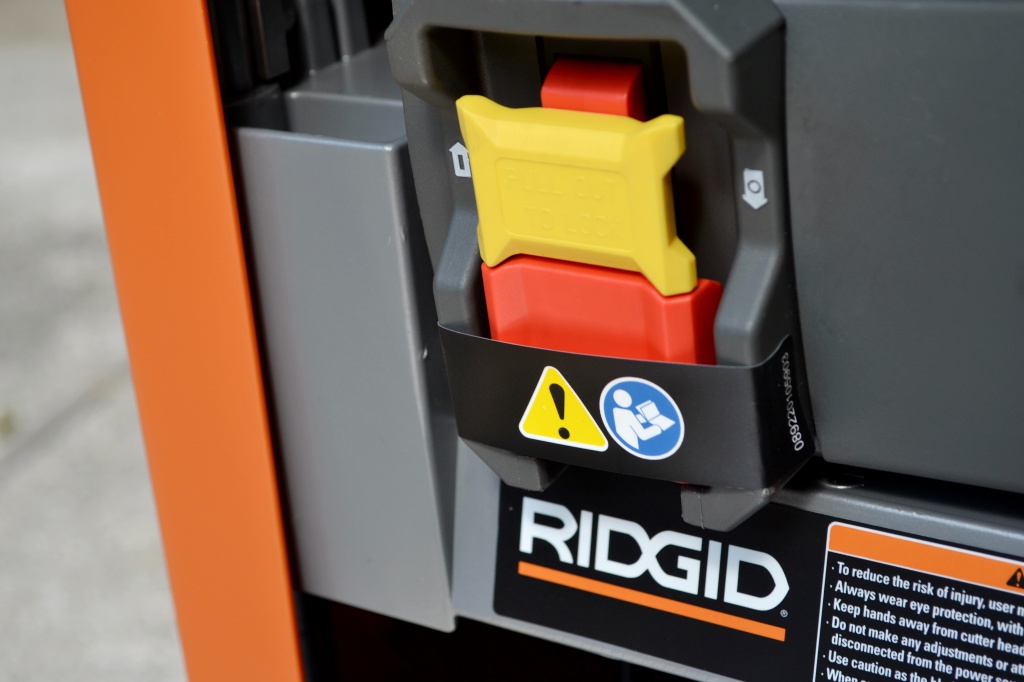
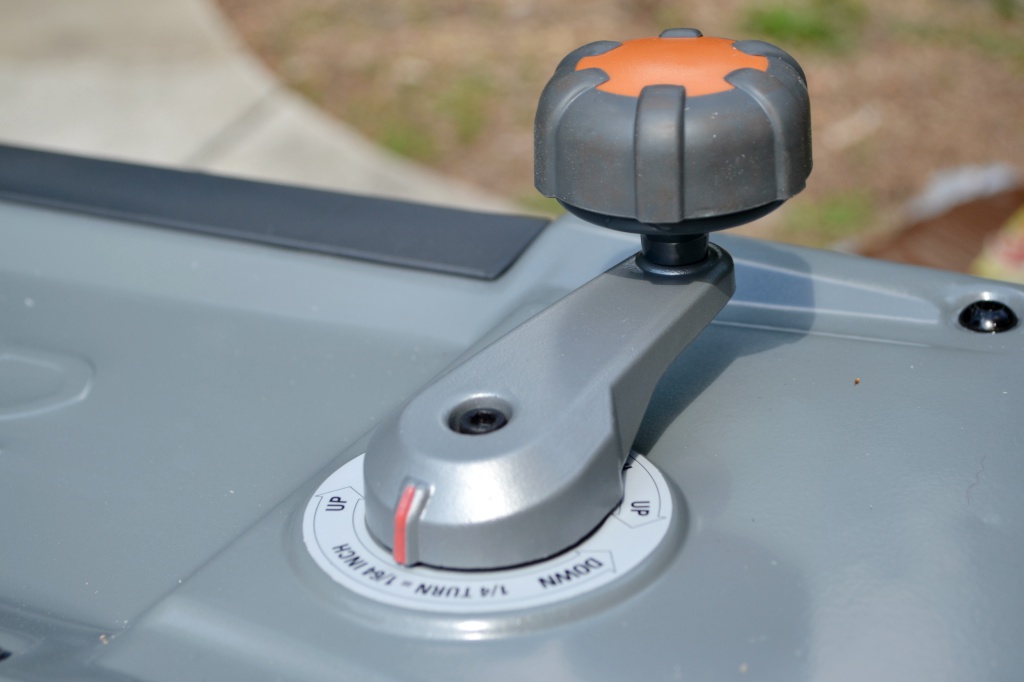
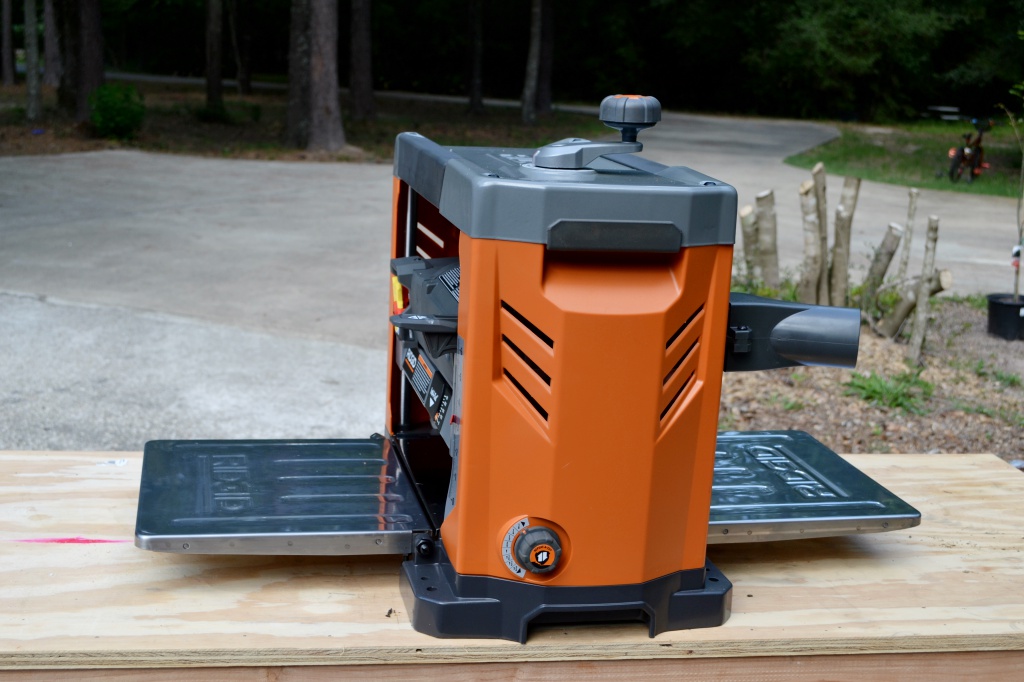
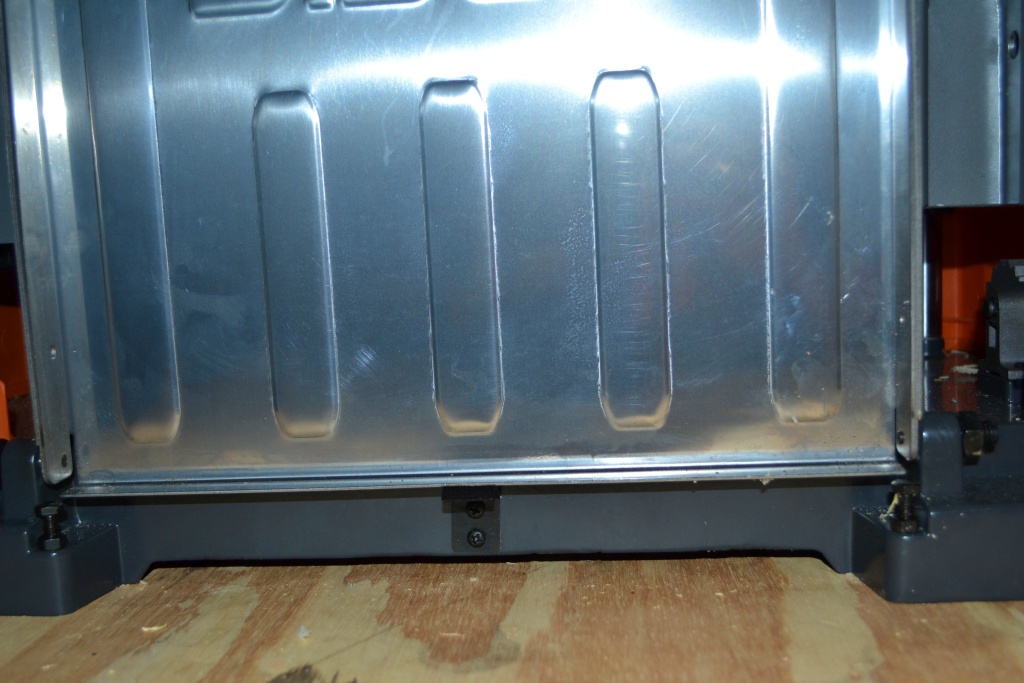
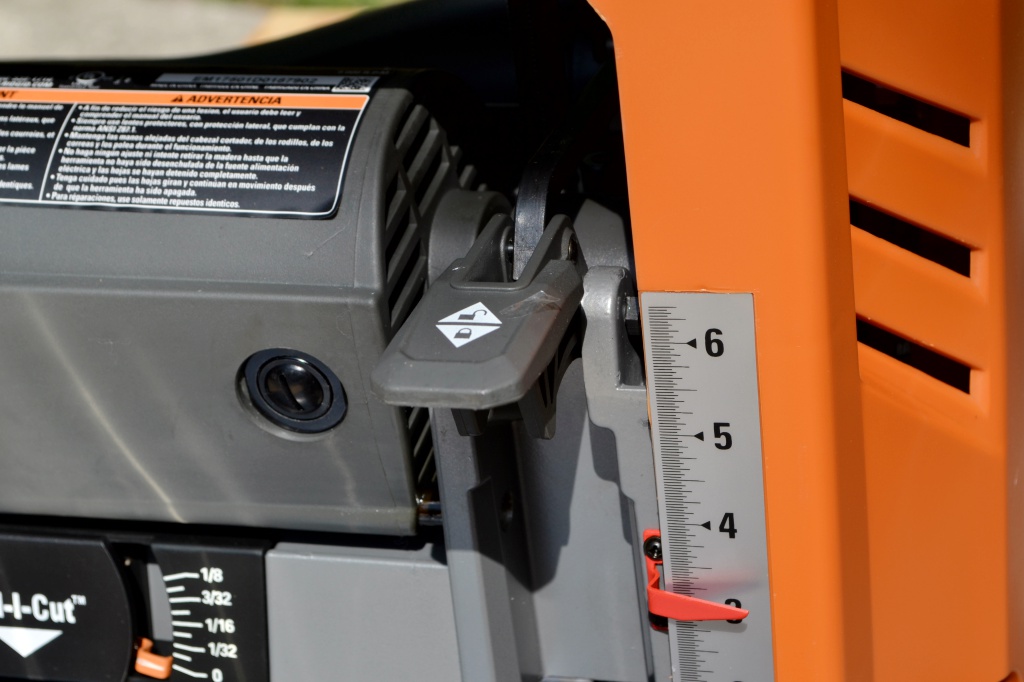
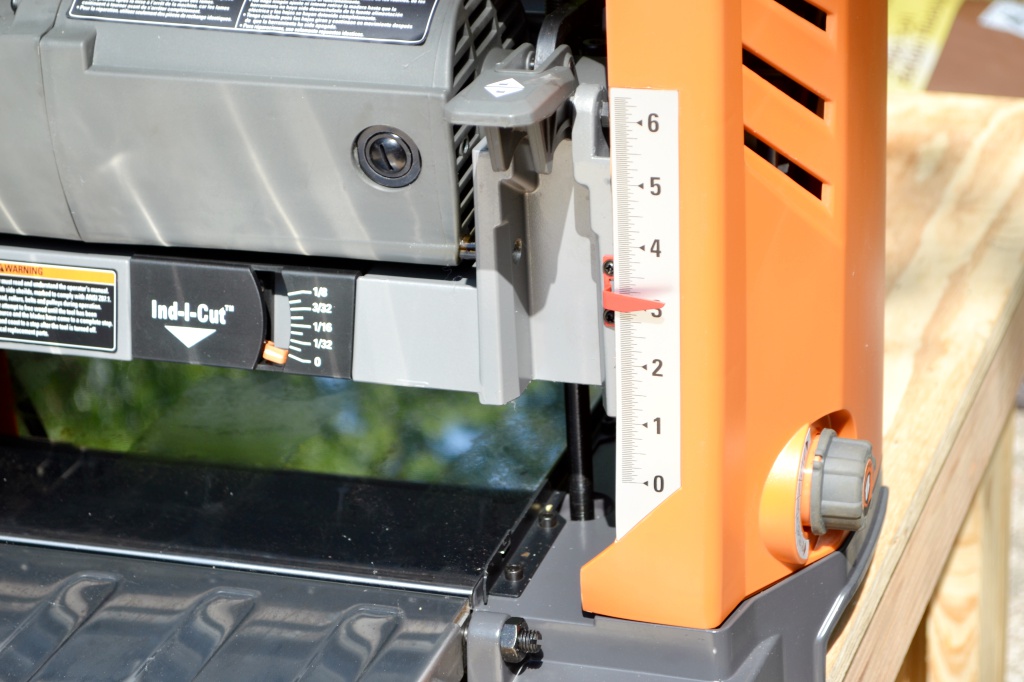
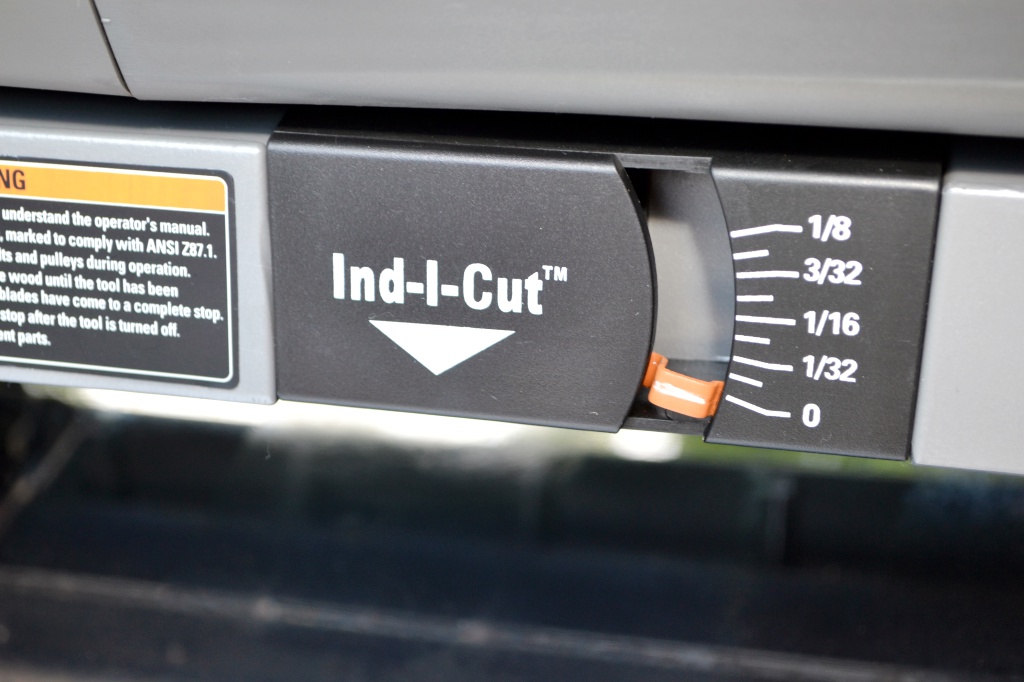
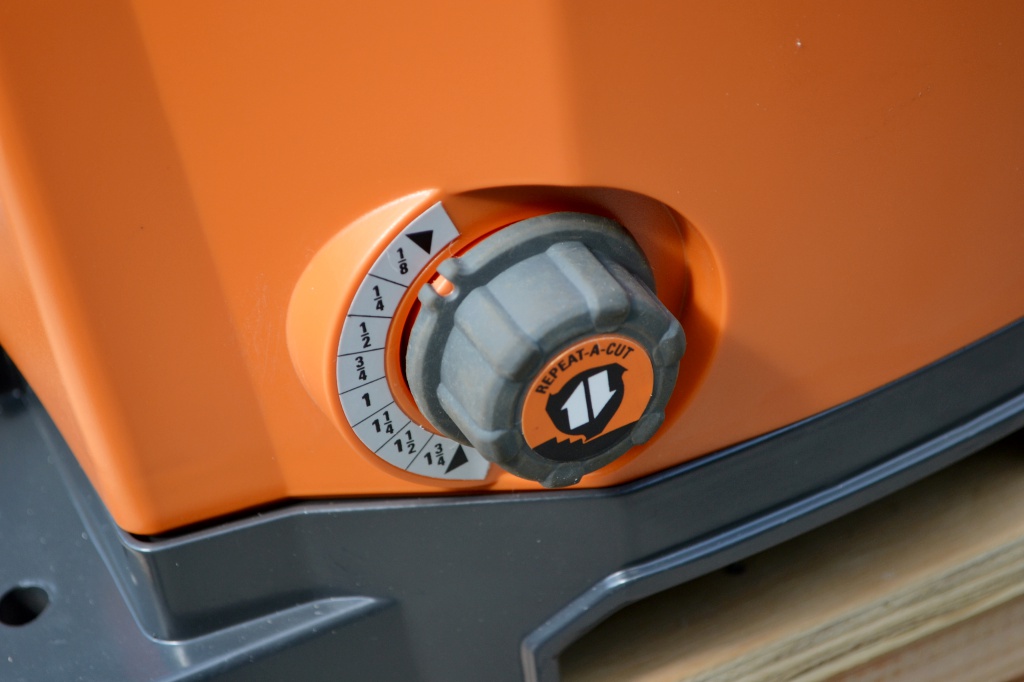
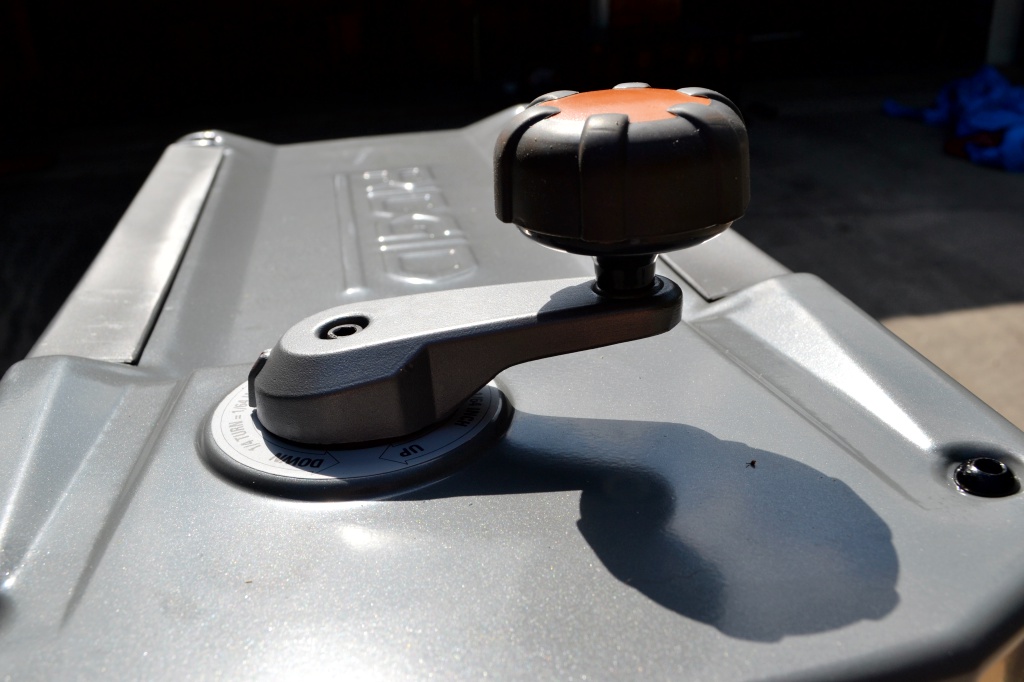
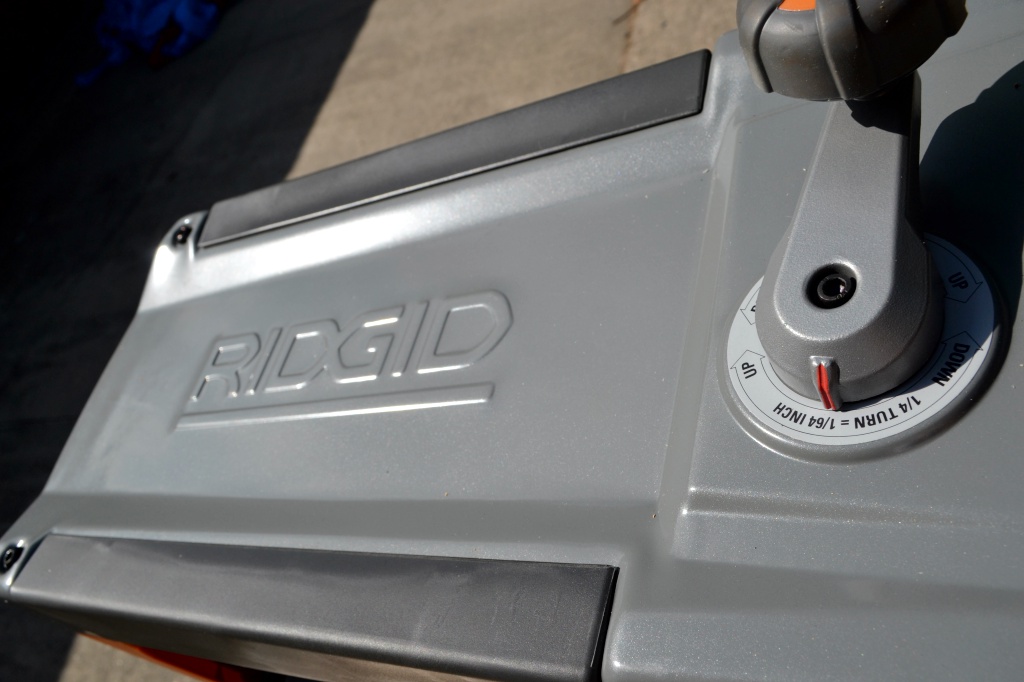
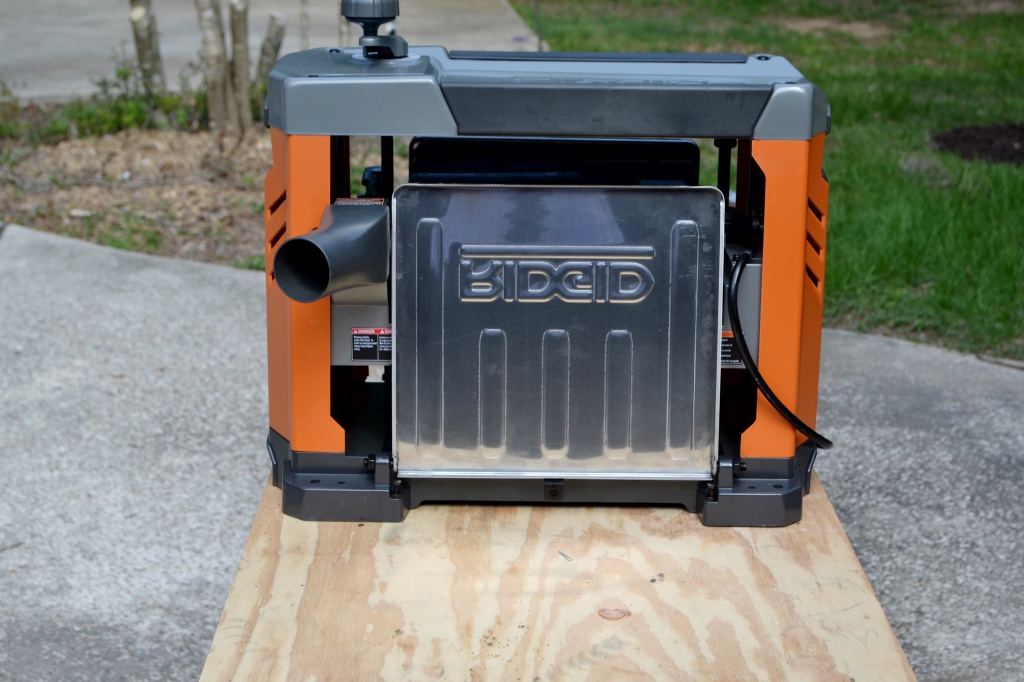
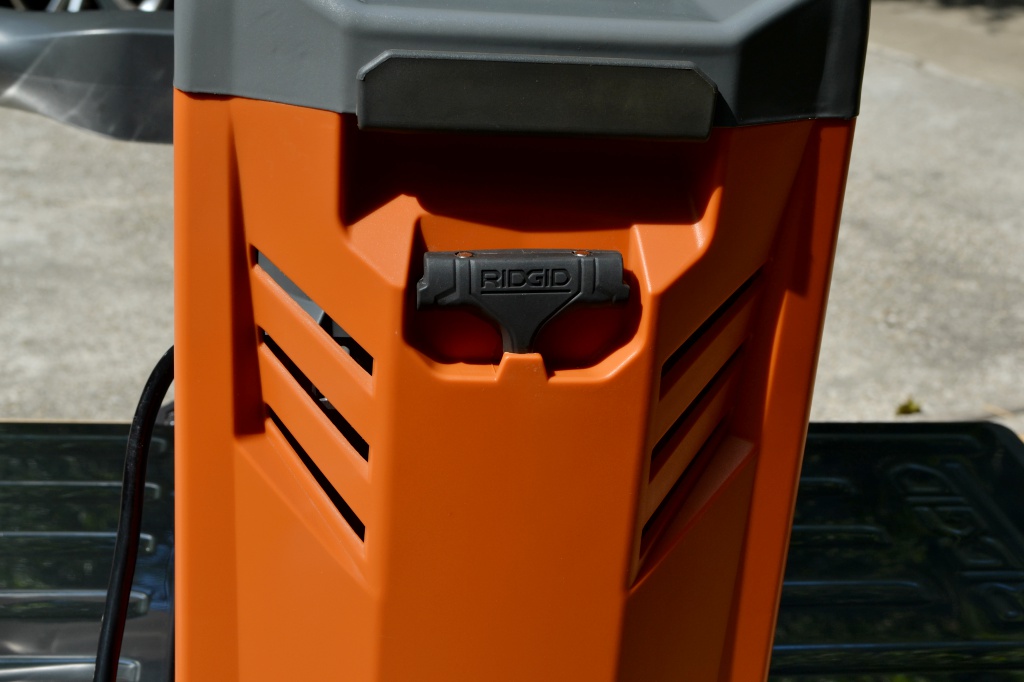
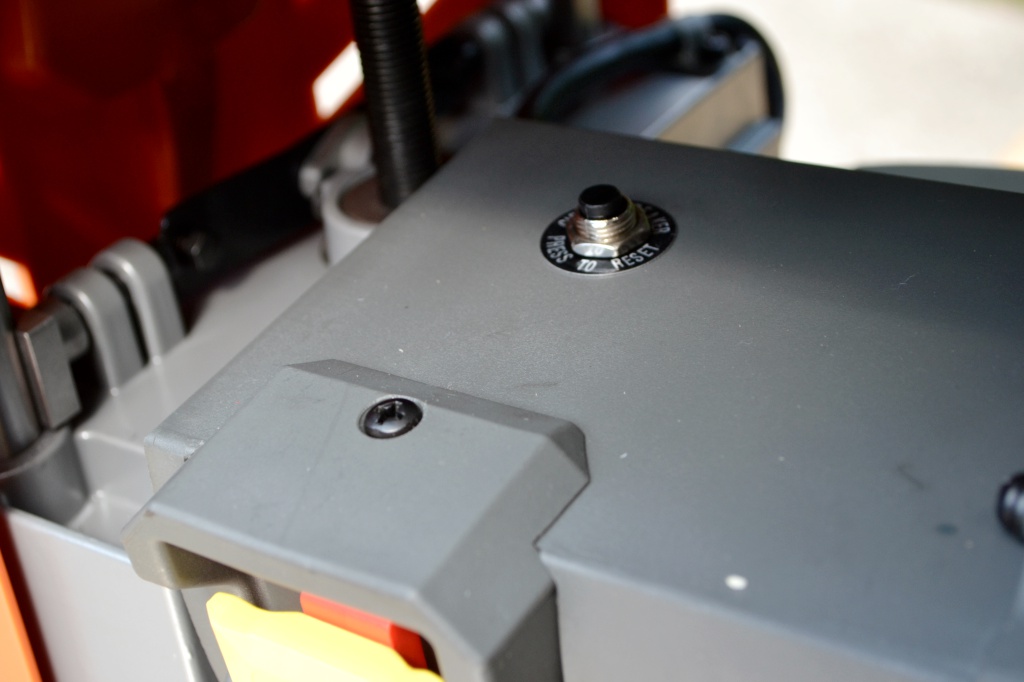
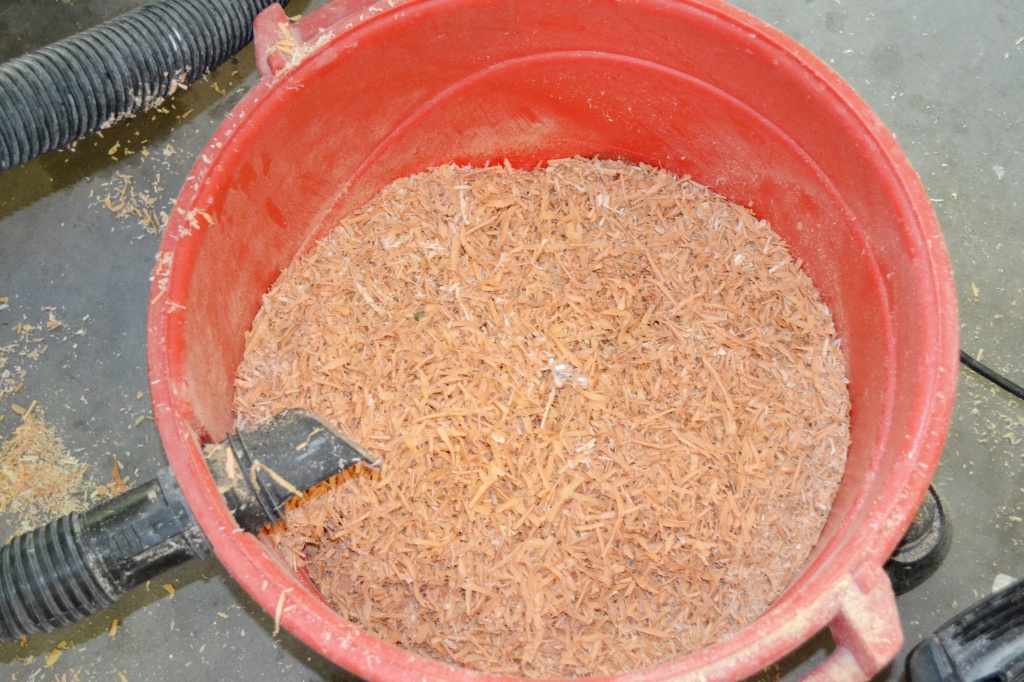
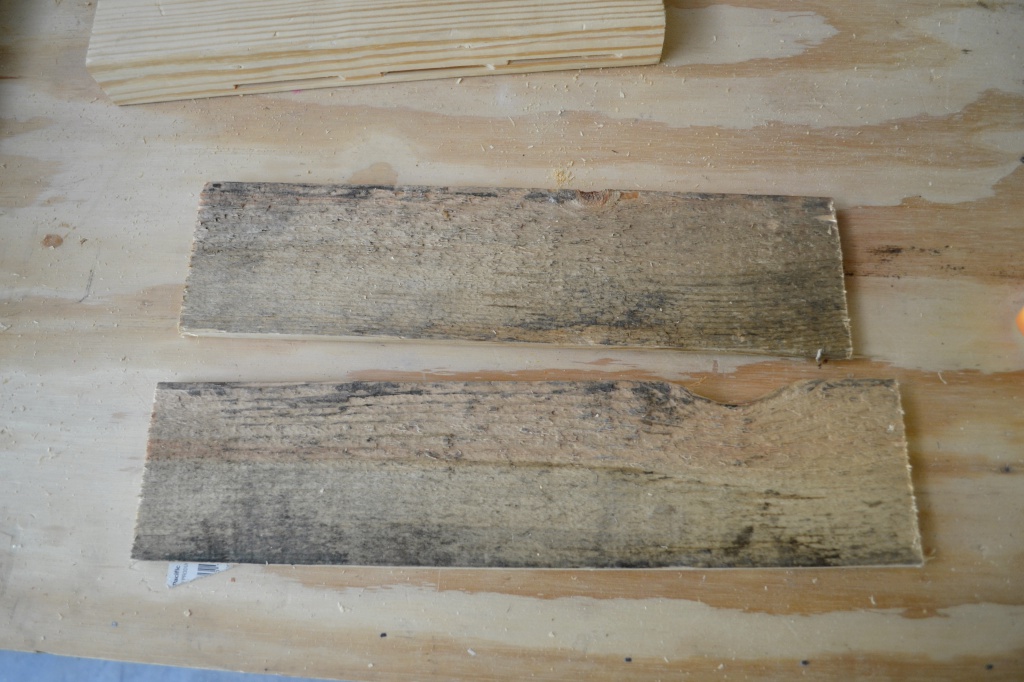

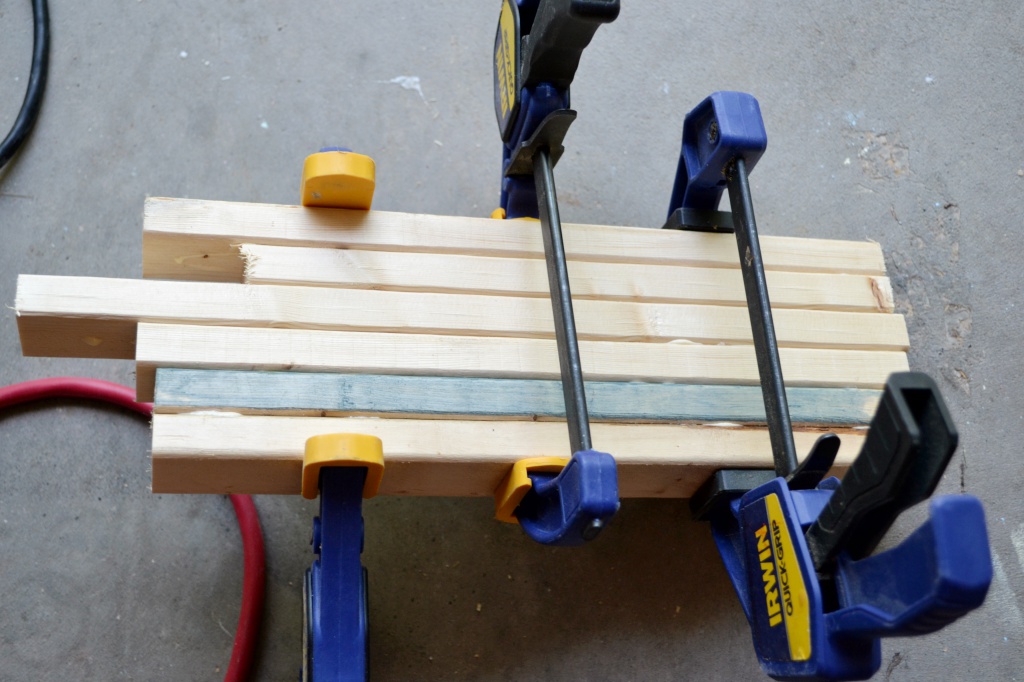
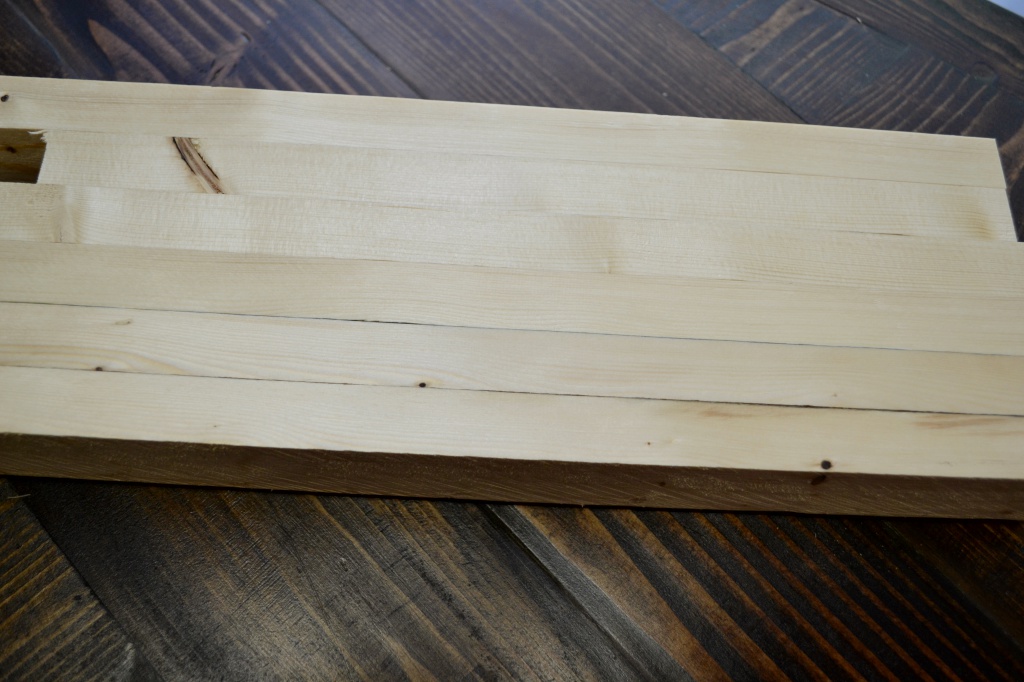


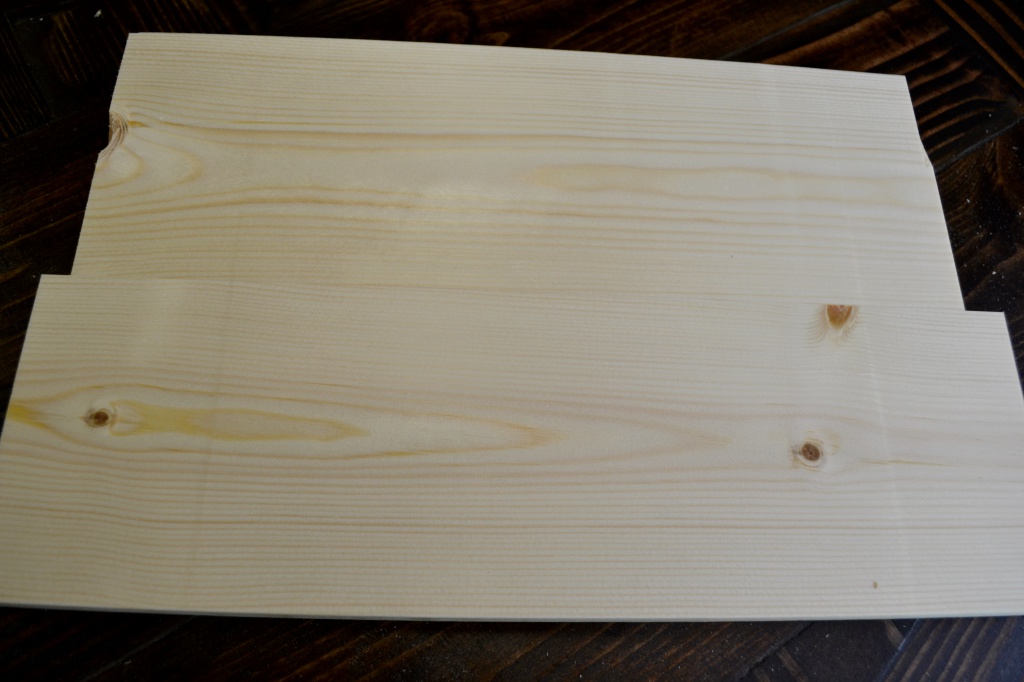
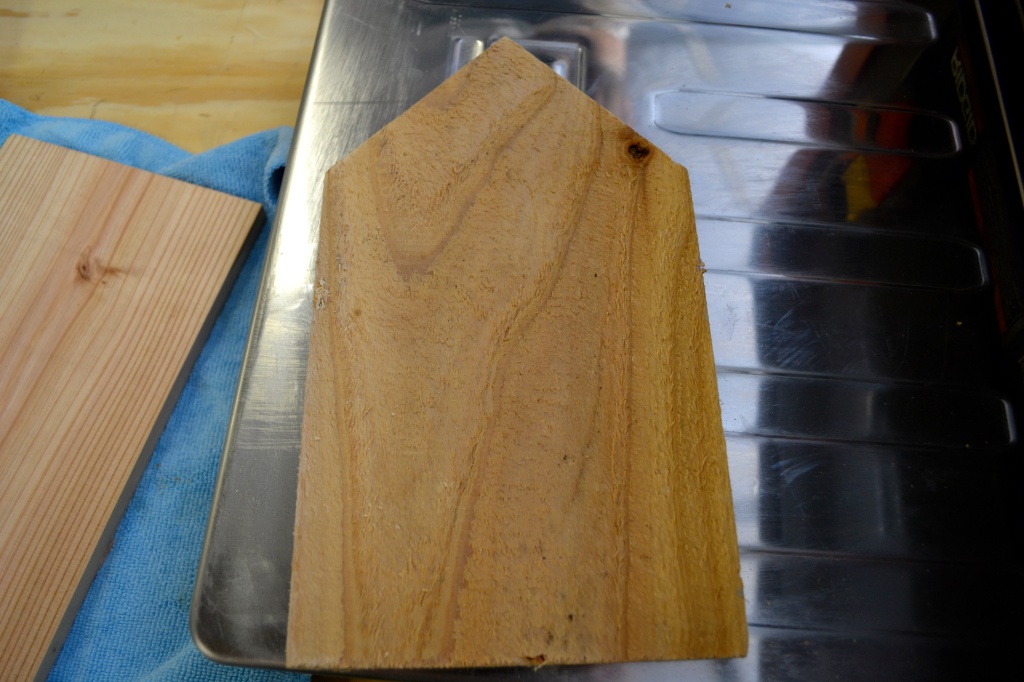
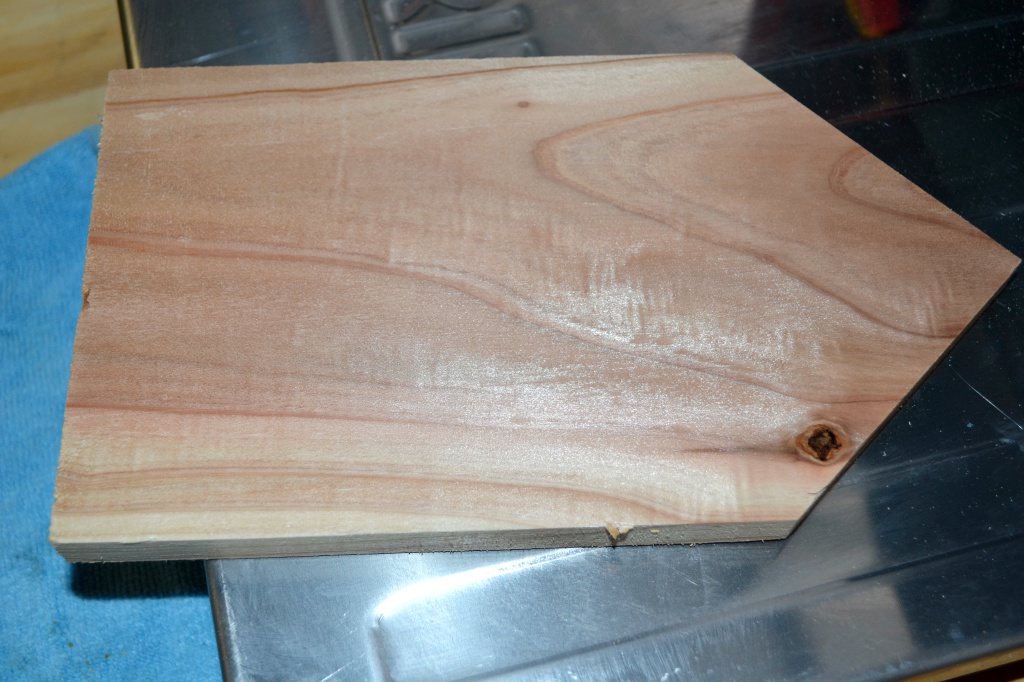
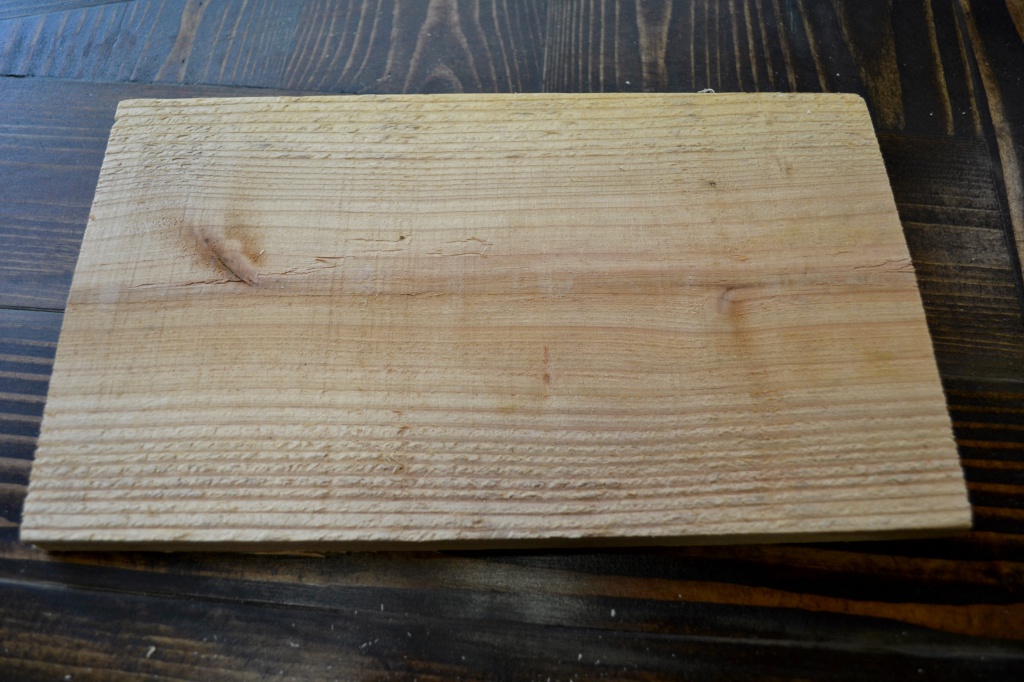
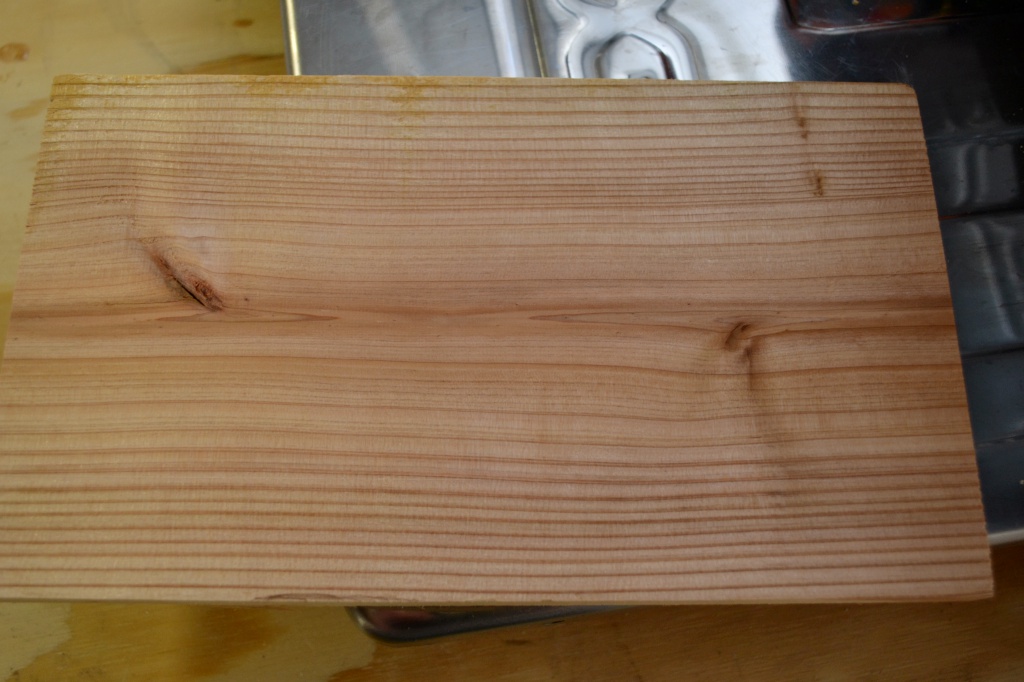
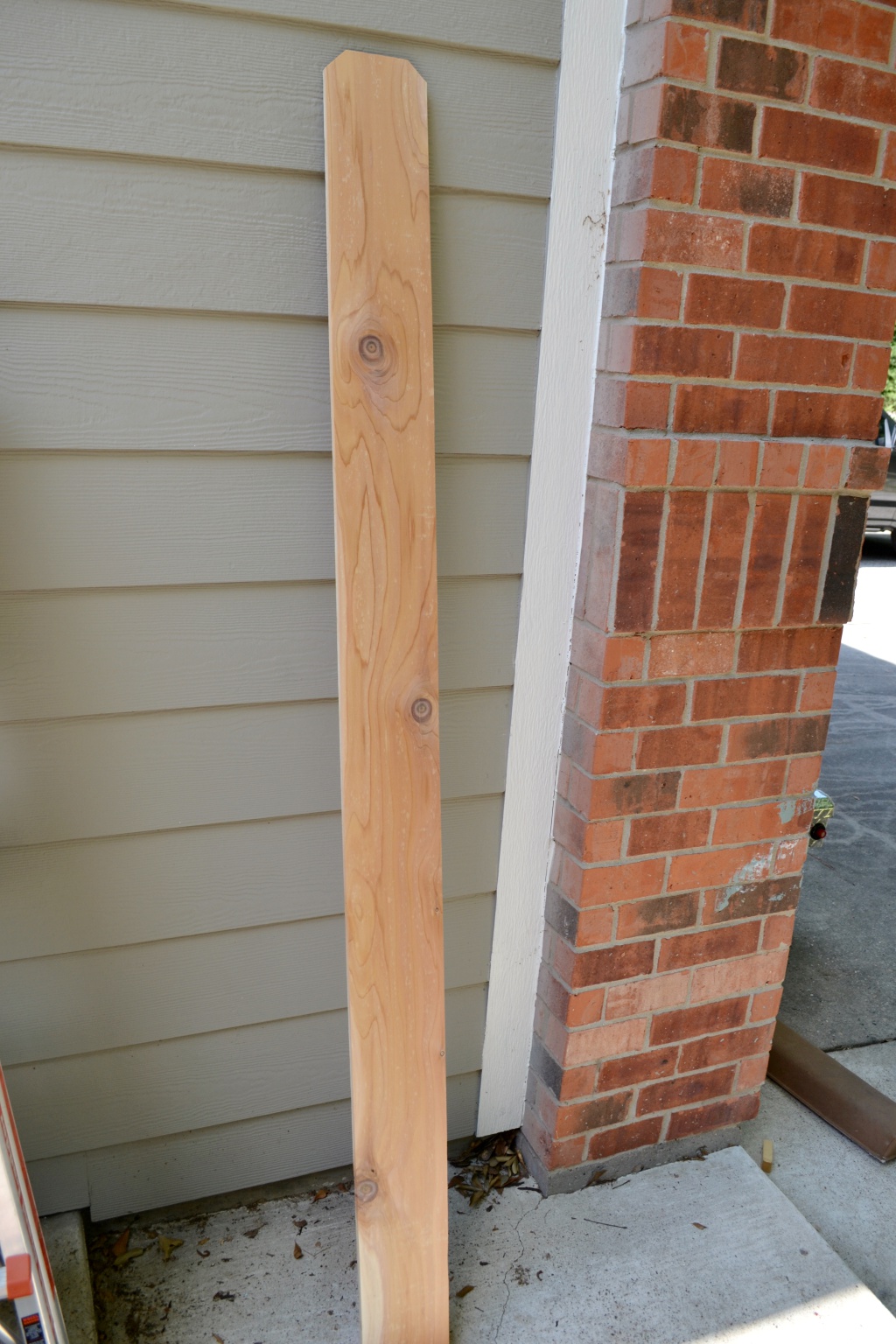
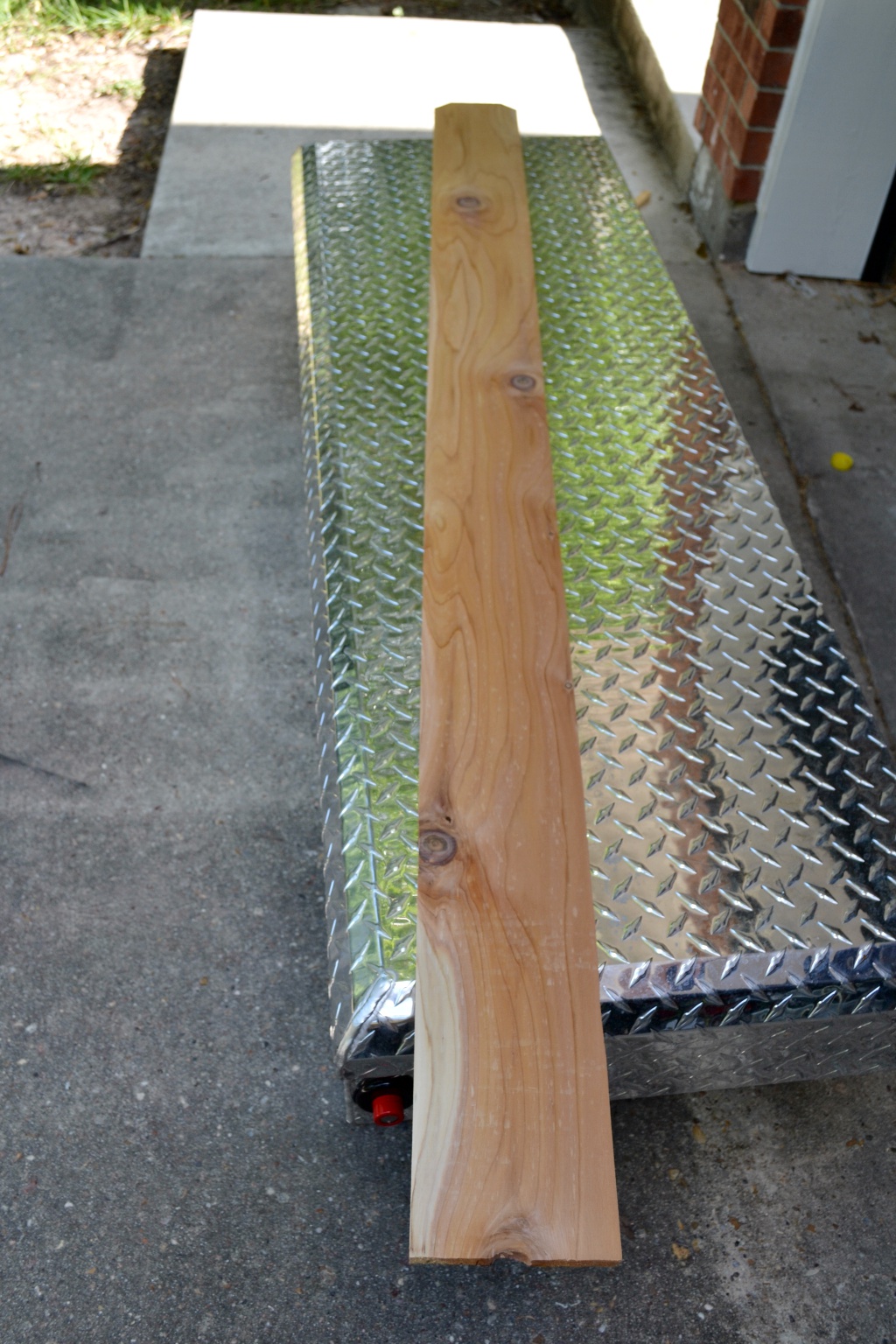


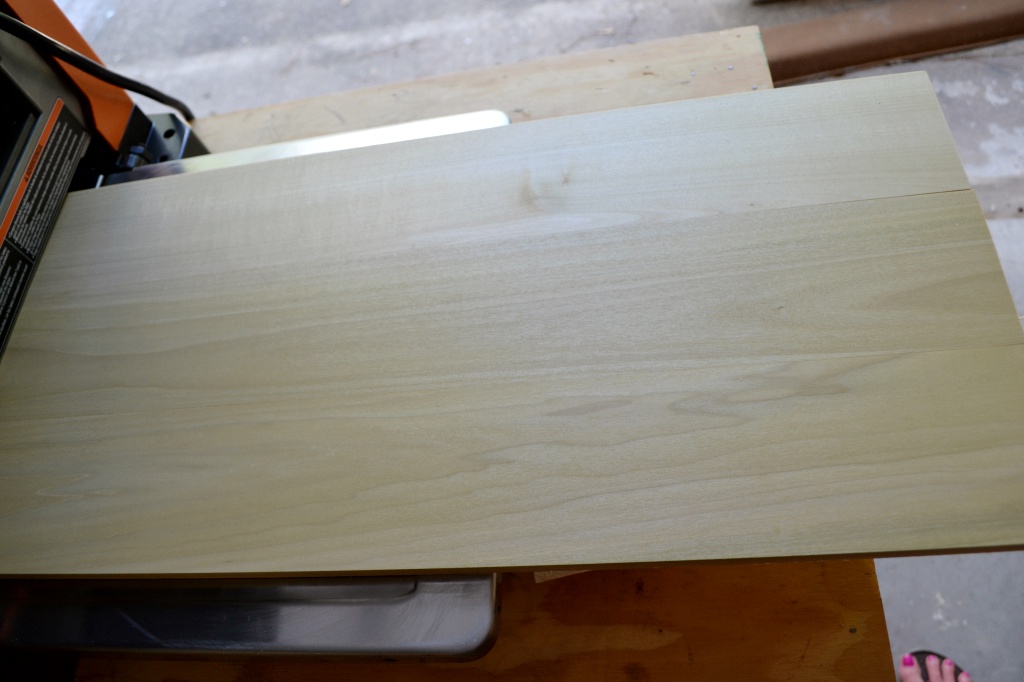
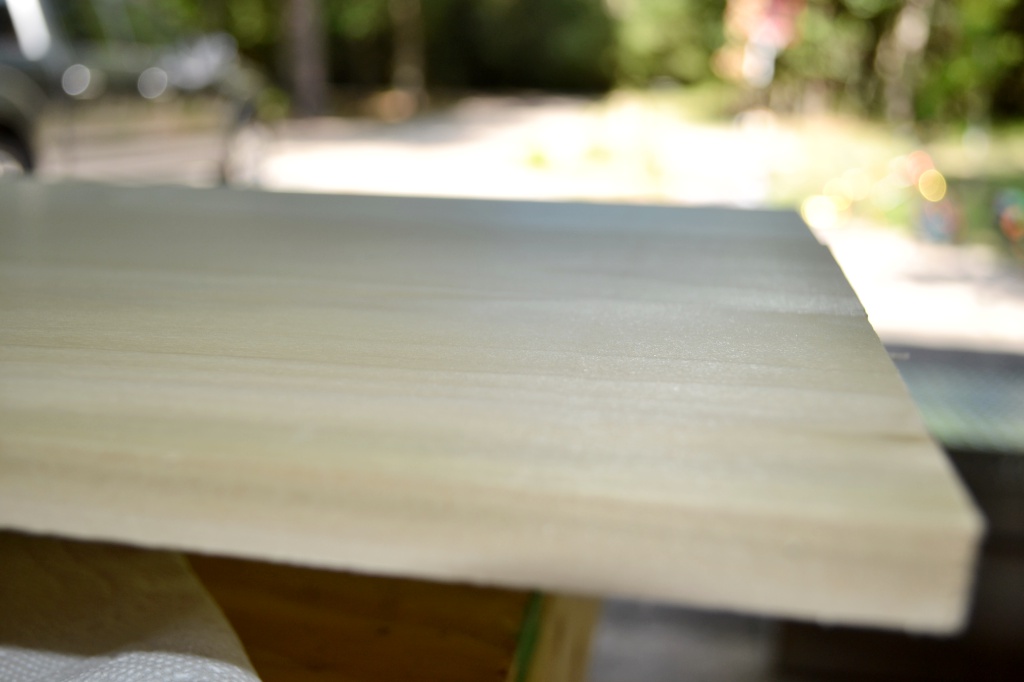
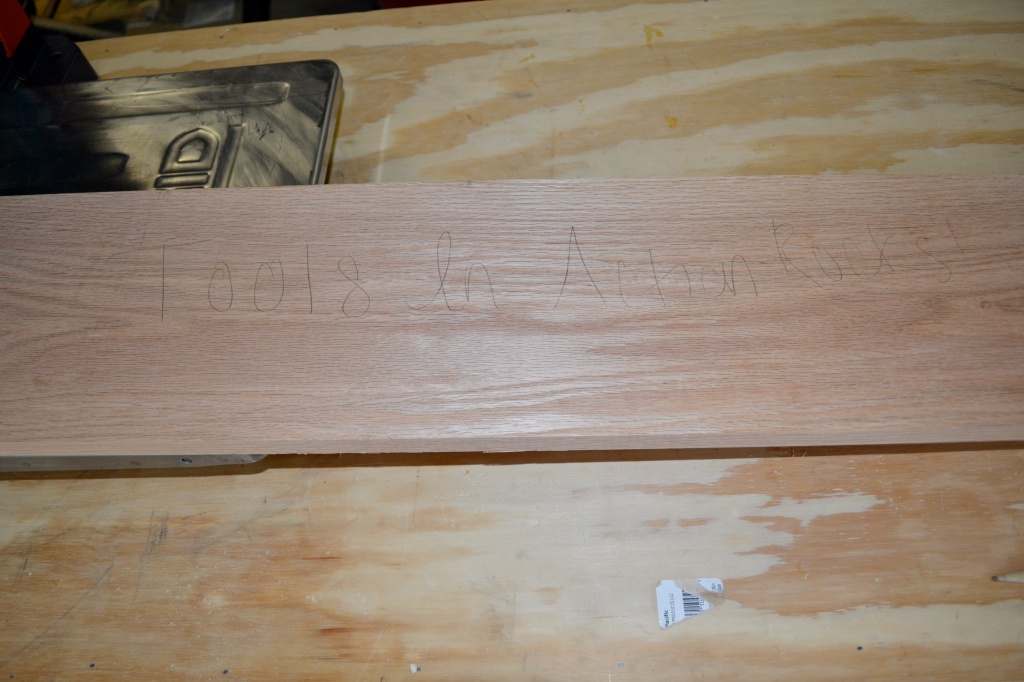

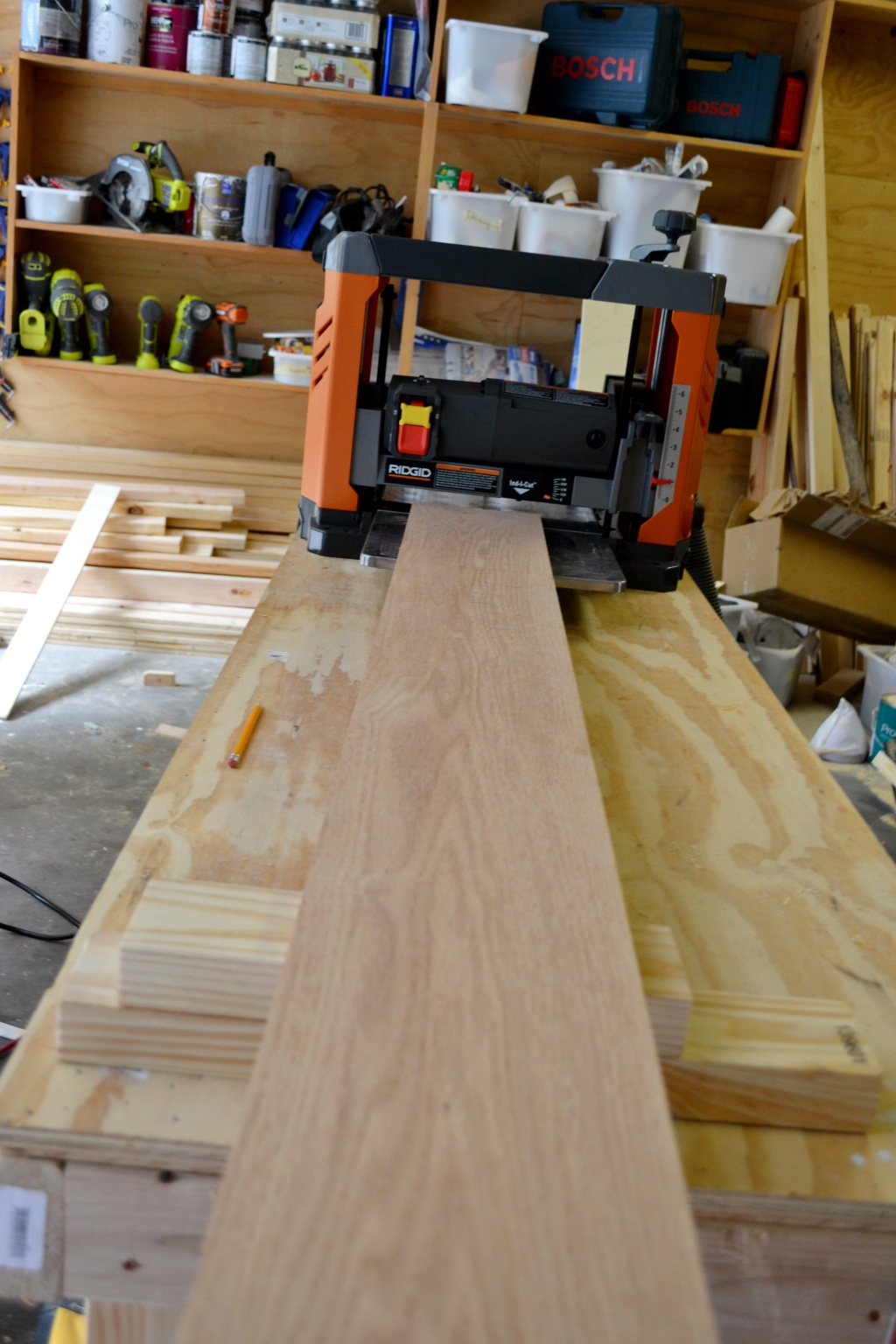
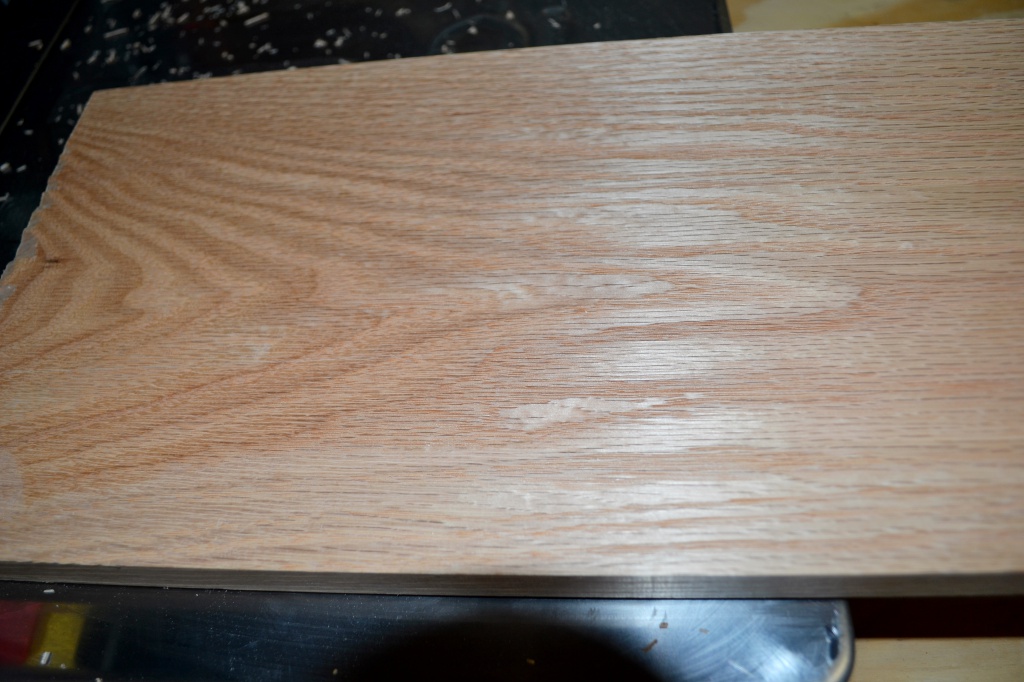

Thanks for the review Sarah, I’ve been considering buying a planer if only to plane ¾” wood down to ½ or less for drawers. Buying wood that’s thin enough to make the drawers is a poor option because it’s usually sold in lengths of 4′ or less, plus it’s more expensive than buying an 8′ board that’s ¾” thick. This review gives me an idea of the capabilities of the planer that you can’t get by reading the box in the store. The employees aren’t any help either because they don’t know anything about it.
Thanks so much, David! I completely understand. Wood is a tough purchase when you’re really needing it to fit certain specs, but I think a planer takes a lot of that frustration away for sure. I have noticed with specialty tools, or tools that aren’t daily sellers the knowledge gets a bit limited, so I am glad to have helped! Be sure and let us know what you think of it if you end up purchasing it!
ANOTHER GREAT review THANKS, Ms. Sarah!!! This looks and sounds like a great AFFORDABLE fundamentaly sound planer!! Before I go and purchase one I’d like to ask probably a silly question….. is ANYBODY coming out with a cordless lithium ion version any time soon? I’m POSITIVE they are in the works but when??? Thanks
Thank you for the kind words, Brian! I’ll be honest, I haven’t heard of anything in the way of cordless benchtop planers. Now that we have seen a few cordless table saws on the market, it is probably not too far off though. More companies are launching higher capacity batteries so I think we will see a lot of larger tools on cordless platforms. Definitely, something to watch for!
I love Ridgid , just a thought but I think you should mention the Lifetime Service Agreement that most Ridgid tools come with , as long as you register the product within 90 days ,
For me that’s a main reason to stick with Ridgid
Thanks for pointing that out! I generally mention that in reviews, not sure how it got cut in this one! Thank you for the reminder! I am glad to hear you’ve had such a great experience with Ridgid!
I’m trying to use the LSA now. I purchased this planer one year ago and registered it within the first 90 days. I use it primarily to recondition old 2×6 fir deck boards for other projects and it initially did a very good job. Last week the feed roller motor bearing froze up so the feed rollers no longer turn. I logged into my Rigid account, left a derailed message and asked for help getting this resolved. So far I have yet to get a reply.
I am so sorry to hear of this issue, Gene! I would definitely put a call into the customer service, I haven’t heard of this issue with this planer, and mine hasn’t experienced it. I am sure they will get you taken care of!
Just thought I’d follow up with you about my LSA experience. Yesterday I chatted with a customer service rep at Ridgid. JJ told me to either take the planer to the nearest authorized service center (which is 160 miles from my house) or back to the store where I purchased it (25 miles away) and they would take care of it. Today I went to Home Depot and explained my problem and my chat with JJ. After some initial confusion a seasoned employee was consulted and she said…”if you have all the parts that came in the box we’ll exchange it for a new one.”. I did. She did. I left a happy camper with a new Ridgid planer. So, in my case the LSA functioned as I had hoped it would. Thank you Ridgid and thank you Home Depot.
Gene that is great to hear! It’s always hard when things go wrong, especially with the tools we love, but I am so glad they were able to take care of it with as little downtime as possible! I always love Home Depot’s service! They always do what they can to make issues right!
Oh and I loved your review, it was super thorough and explained a lot
Thank you, Armando!!
Very good and thorough review Sarah. Here is my one gripe about the tool. When I tired to connect my Rigid shop vac to the dust collection port I was disappointed to see they do not work together. The dust port is the same diameter as the input port of the vac. In other words the end of the hose that should plug into the dust collection port is too small. To connect the Rigid planer to the Rigid shop vac would require a hose with a 2.5″ female connector on both ends. This is also true of their portable table saw. I connect my planer/saw to a homemade dust collector to get around this. The output port doesn’t have a raised tab or collar like the shop vac so periodically the hose vibrates loose. IMO it’s a design change that could help Rigid market their power tools and vac as a system. Otherwise they’re good tools for the hobbyists with limited funds and space. I’m a new reader but will be checking your other reviews now. Thanks.
Thank you for the kind words, Gene! That’s an interesting point! I used a Craftsman Vacuum on this one, but you’re dead on that sometimes dust collection brings about some obstacles. I actually have a saw I need to design some crafty solution for because the 4-inch outlet will need it’s own collector where I have been getting away with just using vacuums. Reducers are my first stop though, hoping that will help! If you ever run into a position where you need a good solution that you can’t find at a big box store, definitely check out Rockler. They have a lot of solutions for woodworkers and usually, the staff will have good suggestions too! Always happy to help you brainstorm too, so definitely feel free to message us here! Thank you, Gene! We have a lot of reviews coming you will probably enjoy if you’re a hobbyist!
Thank you for your excellent review. Can you tell me what the assembled dimensions are: Width x Depth x Height (with the infeed and outfeed tables folded up) ? I have a swivel stand for my existing planer (with an oscillating sander mounted to the other side of the swivel top) that I would be mounting this new planer on, so I need to figure out if it will fit.
Thanks!
I appreciate that Rob! I will take some measurements in the AM and report back! This is a great unit!
I recently bought a rigid planet. Even though I got it from a company that takes used ones or returns I love this machine. I do have a question. Is it possible to convert the planet to a sander? Is there a kit you can get to do this?
First time looking for or using a planer. My boards are 1×8 rough cut ponderosa pine right off the saw mill saw.
Some of these boards are more than 1 inch thick on one end . Can the ridgid planer be set to cut off just the one end thats to thick and not cut the other end that is ok (1 inch) on a single pass through of the board.
Thanks for your help.
Yes, a planer is not only made to make the wood smoother but also make it even. You might not be able to do it in one pass if there is a large difference. You might need to make multiple passes.
Wow this is sold at $469 at HD these days. Quite the price jump.
Yes I wanted a follow up on what David Power commented on about the price. Home Depot list the R4331 Ridgid planer for $459 and you mentioned $369 which is a $90 difference. Was the planer on sale when you purchased it?
Has anyone had an issue with loosing 2″ on each end of the board? It seems to overcut until both rollers are engaged.
We didn’t experience that so not sure how to fix it.
What is the minimal board depth for this planer?